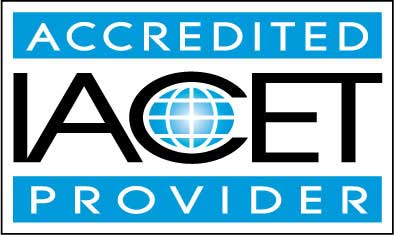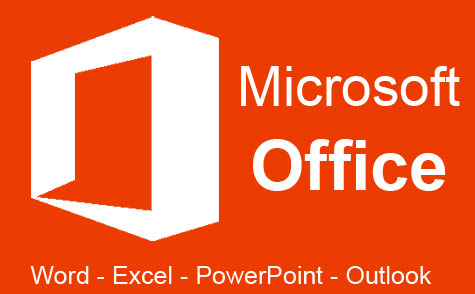Course Syllabus
Sorry, this course is no longer open for enrollment.
Course Description
Microsoft Project 2016 is a project management software program created for businesses and freelance professionals to help better manage individual projects that occur within companies. Although no project management software should be used to replace project management techniques or adequate training of management and staff, Project 2016 can and will improve the efficiency, organization, and sometimes even the speed of which a project is completed.
This course will teach you how to successfully use MS Project 2016, no matter if you've ever used the program before or not. Both the beginner and seasoned Project user can benefit from this course, starting with the basics of the program including navigation and continuing on to more advanced features.
You will learn how to:
· Plan for a project
· Use templates to create projects in Project 2016
· Create, manage, schedule, and track tasks
· Create, manage, assign, and track resources
· Work with deadlines and constraints
· Troubleshoot problems, delays, and conflicts
· Use dependencies to help schedule tasks
· Work with lag time and lead time when dealing with tasks
· Create baselines and interim plans
· Run reports
· Print reports and project information
· And more
You do not need to have access to Project 2016 to take or successfully complete this course. However, it is recommended. A 60 day free trial for Project 2016 is available on the Microsoft website.
- Completely Online
- Self-Paced
- Printable Lessons
- Full HD Video

- 6 Months to Complete
- 24/7 Availability
- Start Anytime
- PC & Mac Compatible
- Android & iOS Friendly
- Accredited CEUs

Assessment Guide
| Assessment | Points |
|---|---|
| Why this Course? | 1 points |
| Exam 1 | 10 points |
| Exam 2 | 10 points |
| Exam 3 | 10 points |
| Exam 4 | 10 points |
| Exam 5 | 10 points |
| Exam 6 | 10 points |
| Exam 7 | 10 points |
| Exam 8 | 10 points |
| Exam 9 | 9 points |
| Exam 10 | 10 points |
| Exam 11 | 10 points |
| Exam 12 | 10 points |
| Exam 13 | 10 points |
| Exam 14 | 10 points |
| Exam 15 | 10 points |
| Exam 16 | 8 points |
| Exam 17 | 10 points |
| Exam 18 | 10 points |
| The Final Exam | 84 points |



















